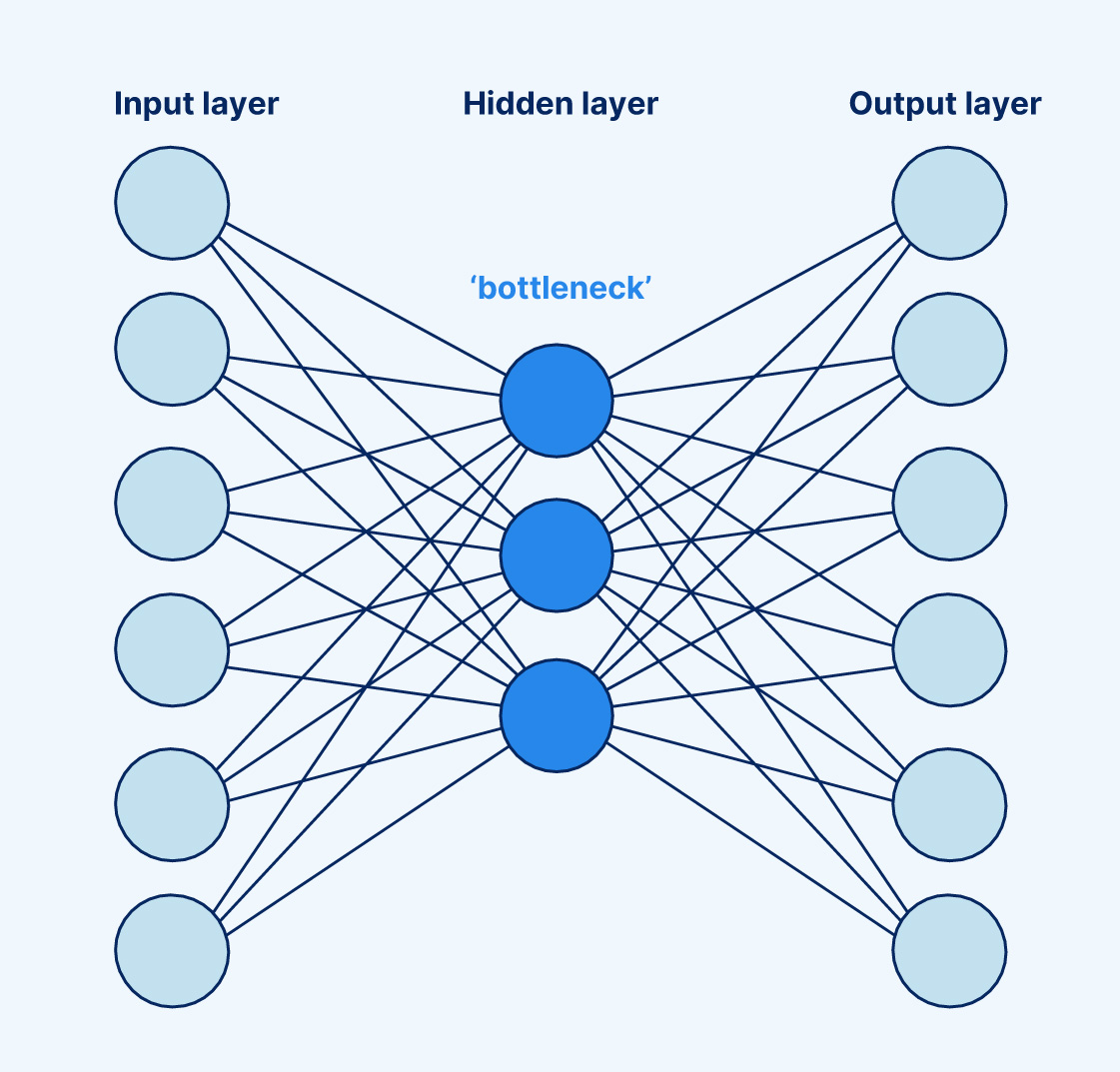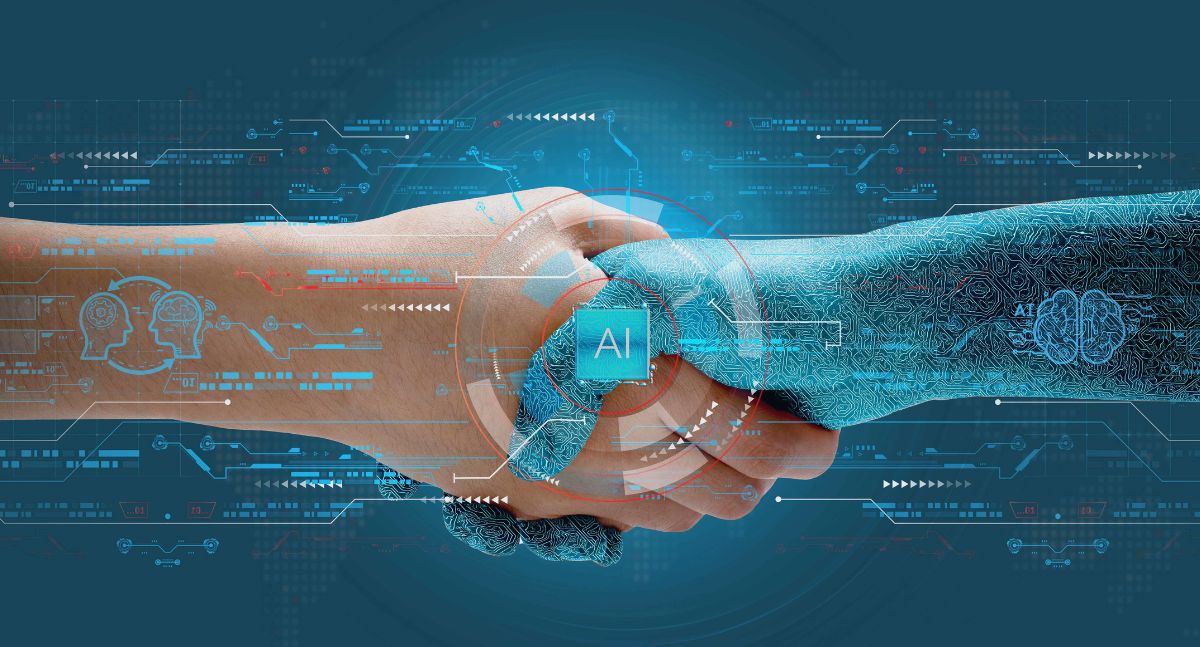
Transforming Predictive Maintenance in MRO with AI and Data
Imagine a world where equipment breakdowns are nearly eliminated, where issues are predicted and resolved before they become problems. This future is fast becoming a reality in Maintenance, Repair, and Overhaul (MRO) through advancements in predictive maintenance. Based on actual conditions of machinery, predictive maintenance will schedule maintenance activities to minimise overtime costs, save energy, and optimise inventory.[1]
Driven by AI and data-driven insights, this approach can extend asset lifespans and reduce machine downtime by up to 50%.[2] But getting there isn’t without challenges – issues like limited historical data, rare equipment failures, and data sharing restrictions or reusability can create gaps in predictive models.
To address these, we have developed a blend of cutting-edge AI and adaptive data techniques that are not just future-ready but built to evolve with every new MRO project. |

Building Adaptive Autoencoders
Making predictive analytics more accessible for MRO across a range of industries requires us to first build a foundational model that is versatile and future-proof, harnessing the power of AI and data. Over time, we can refine such AI-driven predictive models, expanding our database and evolving the model to meet new needs.
At the heart of our predictive maintenance approach is the autoencoder, a flexible deep learning model particularly effective for MRO applications with limited data.
Autoencoders, a type of neural network that help businesses make sense of complex data, offer powerful applications in anomaly detection and dimensionality reduction. Each network compresses data into a summarised form through an encoder and reconstructs it using a decoder. The difference between the original input and its reconstructed version, called the reconstruction error, highlights how well the model captures the essence of the data.

The magic happens in the “bottleneck” layer, where data is distilled into its most essential features, reducing complexity while retaining meaning. This makes autoencoders ideal for simplifying large datasets and identifying outliers. They can also be adapted to evolving business requirements, allowing customised code and algorithm upgrades based on each customer’s unique needs.
Additionally, we use explainable AI to make our model more accessible and user-friendly. This ensures that insights from predictive models are not just accurate, but also easy to interpret – building trust even among non-technical users. By explaining why certain anomalies are flagged, we make the technology feel less like a black box and more like a transparent, reliable partner in the MRO journey.
By building a robust repository of adaptive autoencoders and tackling challenges like data scarcity, we are enhancing our ability to more accurately predict failures, minimise unplanned downtime, and optimise asset management.
Driving Adoption Across Sea, Land, and Beyond
Early results from our predictive maintenance initiatives are already demonstrating real-world impact and scalability. In the marine sector, our predictive maintenance solutions have been instrumental in maintaining the reliability of specialised maritime vessels. By analysing engine performance data, we developed autoencoders that successfully detected early signs of mechanical issues in a new generation coast guard patrol boat. This model was then extended to similar engines on naval vessels, saving up to 40% in development and implementation time.
We also deployed predictive maintenance models to monitor passenger loading bridges in a live trial for an airport. Aerobridges are critical to airport operations, and it is a top priority to ensure they operate smoothly.

Our solution involved fitting the bridges with sensors that track vibration patterns and other performance indicators. Through deep learning-based anomaly detection, our system identified subtle deviations that could indicate future breakdowns. The trial has laid a strong data foundation through the curation of critical data points needed to build more powerful predictive maintenance solutions in the future.
[1] U.S. Department of Energy. (2010, August). Operations & Maintenance Best Practices Guide: Release 3.0. View article.
[2] Viking Analytics. (2023, March 6). Preventive vs. Predictive Maintenance: Which is More Effective for Reducing Downtime. Medium. View article.
Explore our capabilities and other stories of innovation
Subscribe to our newsletter
Copyright © 2025 ST Engineering
By subscribing to the mailing list, you confirm that you have read and agree with the Terms of Use and Personal Data Policy.




